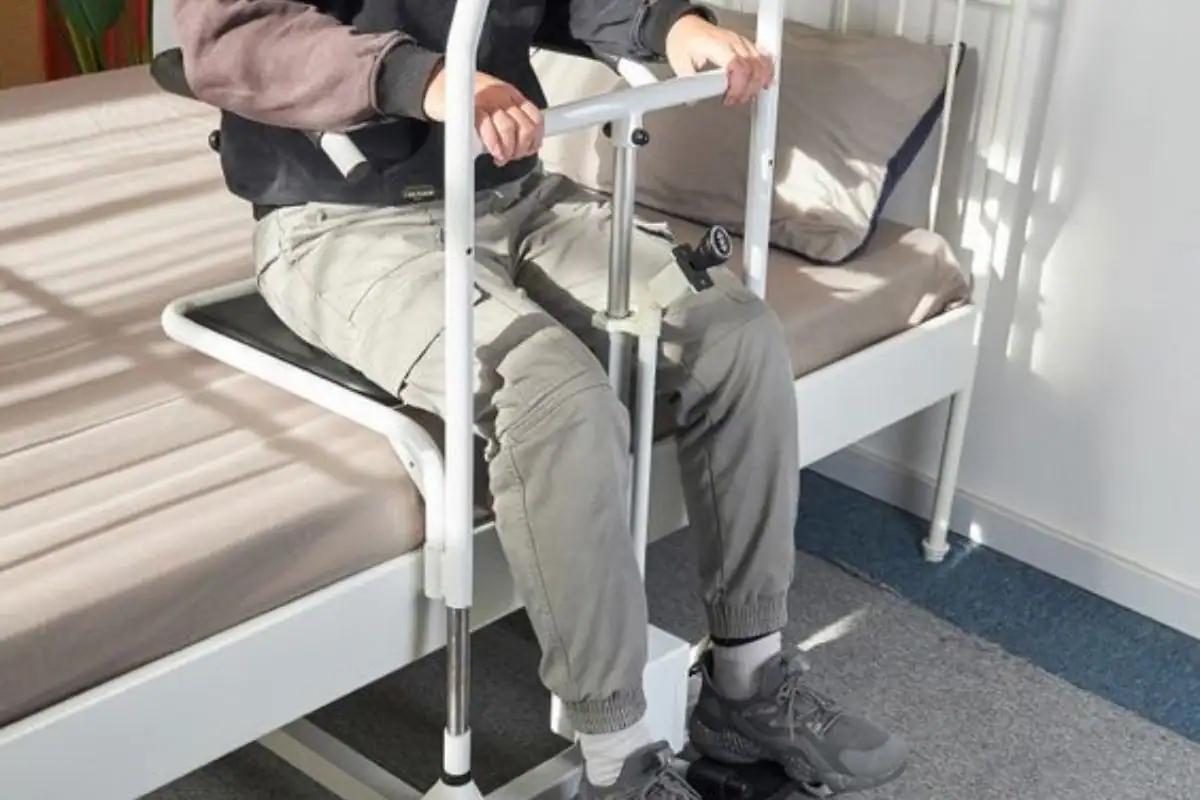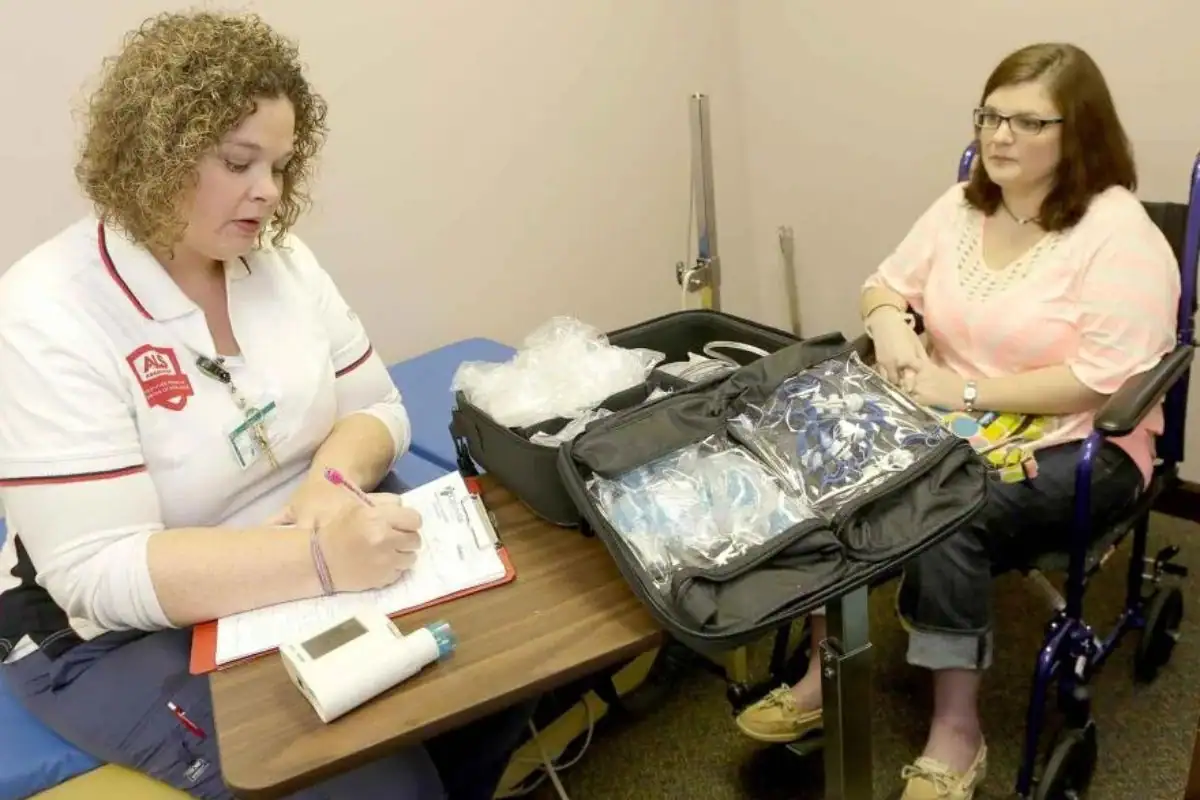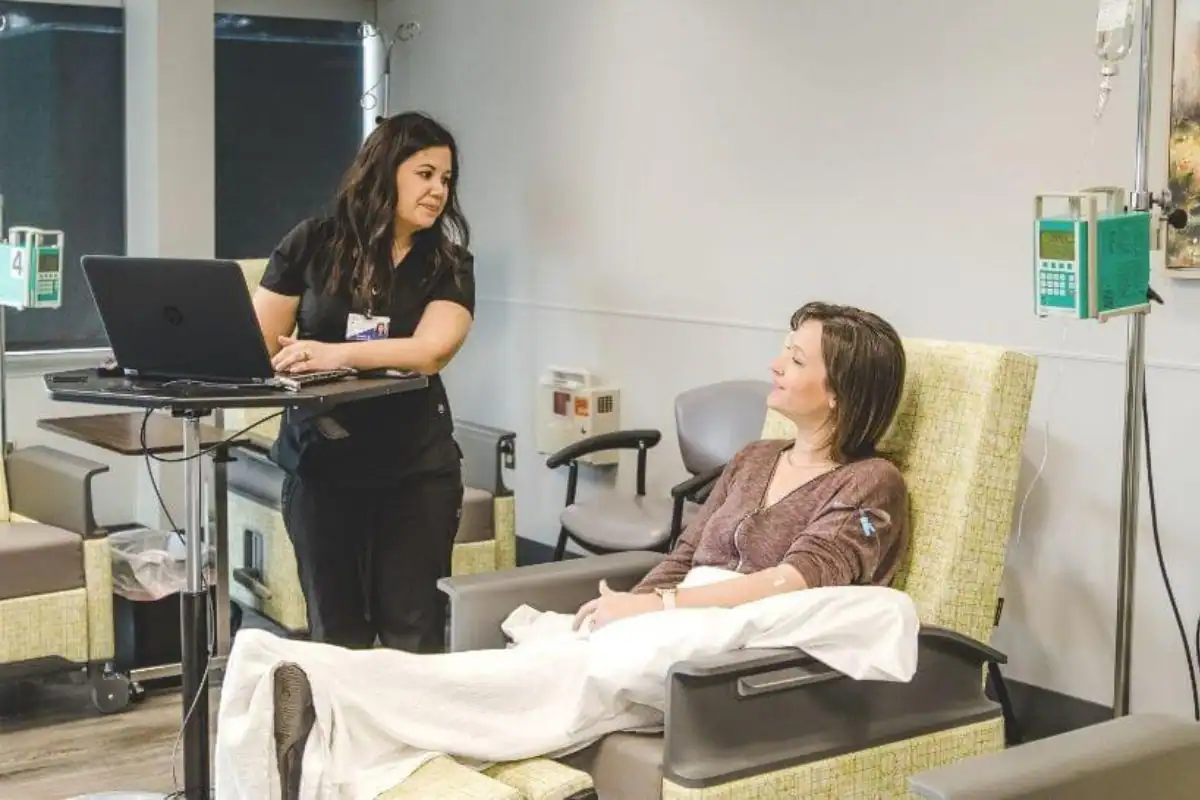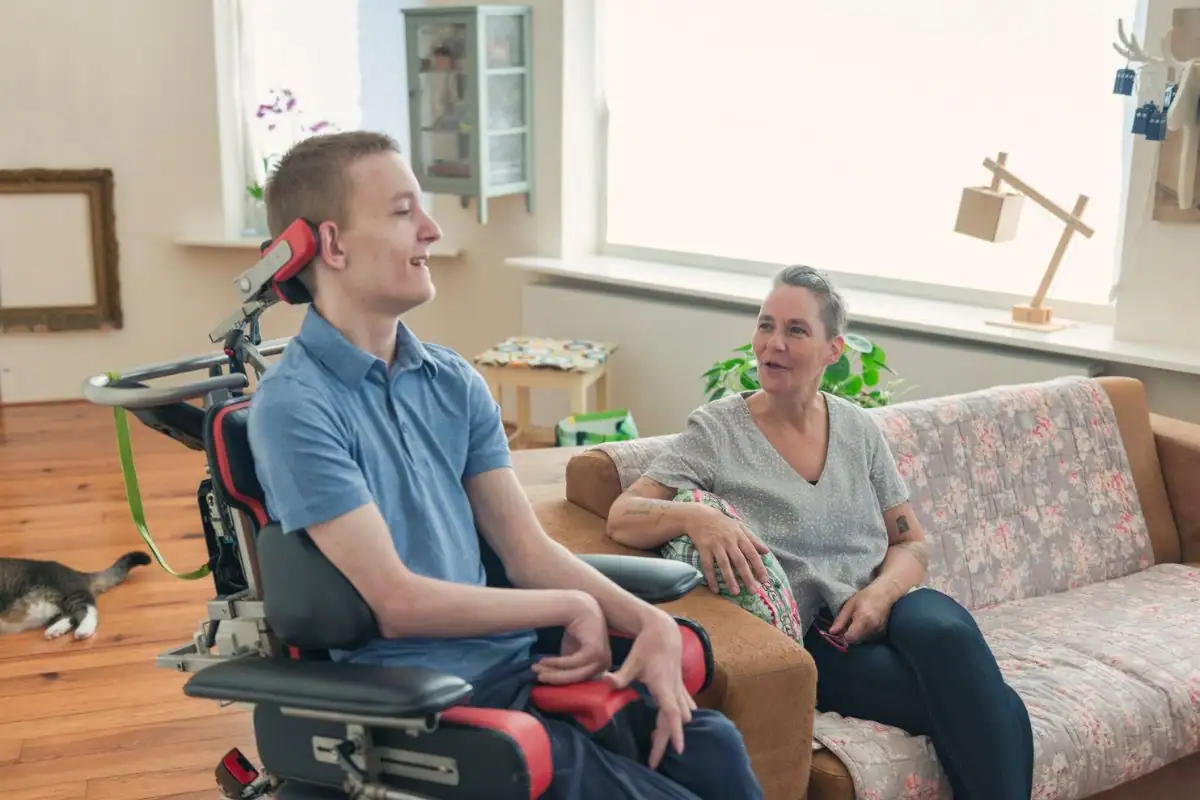Advertisement
Common Symptoms of ALS You Should Know
Advertisement
Amyotrophic lateral sclerosis, or ALS, is a progressive neurodegenerative disease that targets the nerve cells in the brain and spinal cord. Often called Lou Gehrig’s disease—after the famous New York Yankees player who retired in 1939 due to the condition—ALS affects about 32,000 adults in the United States, according to the CDC. It tends to affect men more than women, and although there’s a 50% chance that children of ALS patients will inherit the disease, most cases do not have a family history.
Common Symptoms of ALS
ALS is a progressive disease, meaning its symptoms worsen over time. The condition primarily affects motor neurons, which causes muscles to weaken and gradually waste away. Early on, symptoms may include muscle twitches, weakness, and trouble with tasks like speaking, swallowing, or breathing. As the disease progresses, these issues worsen. Patients may struggle with basic activities like standing, walking, or using their hands. Even swallowing food or speaking can become nearly impossible. While ALS doesn’t typically impact cognitive abilities, patients are fully aware of their body’s decline, which can significantly affect mental health and day-to-day life.
Advertisement
Diagnosis of ALS
Diagnosing ALS can be a challenge because there isn’t a single definitive test for it. Instead, doctors perform thorough exams, including evaluating family history and checking reflexes and muscle strength. Some diagnostic tools, such as electromyography (EMG), which measures the electrical activity in muscle fibers, and nerve conduction studies (NCS), which assess how well nerves send signals to muscles, are used to confirm ALS. However, because other conditions like myasthenia gravis and spinal muscular atrophy share similar symptoms, ruling out other diseases is crucial to getting an accurate diagnosis.
Advertisement
Sporadic ALS
Sporadic ALS accounts for most cases, which means it occurs seemingly at random without any family history or associated risk factors. People with sporadic ALS generally develop symptoms in their late fifties or early sixties. While the disease can affect anyone, men are slightly more likely to be diagnosed than women. There is no known cause for sporadic ALS, and it remains one of the most perplexing forms of the disease.
Advertisement
Familial ALS
On the other hand, familial ALS makes up around 5-10% of all cases. This genetic form of ALS is passed down through families, with symptoms often developing in the late forties or early fifties. In rare cases, familial ALS can even manifest during childhood. If someone has familial ALS, there is a 50% chance their children will inherit the mutated gene that causes the condition.

Advertisement
Specific ALS Subtypes
ALS can be further broken down into subtypes, which determine the pattern and progression of symptoms. The most common subtype is limb-onset ALS, affecting around 70% of patients. This form begins with weakness in the arms or legs and slowly progresses to the rest of the body. Bulbar-onset ALS is another subtype that affects about 25% of cases, starting with speech and swallowing difficulties. There is also primary lateral sclerosis, a slower-progressing subtype where symptoms may not fully manifest for several years.

Advertisement
Stages of ALS Progression
ALS progresses differently in each person, but the disease generally moves through three stages. In the early stage, patients experience mild muscle weakness and stiffness. As it enters the middle stage, weakness spreads, and patients may begin to experience muscle wasting and even paralysis in certain limbs. In the late stage, vital functions like breathing and swallowing are severely impaired, often requiring ventilator support. While the timeline for each stage varies, most ALS patients face a steady decline once symptoms begin.

Advertisement
Medical Treatment for ALS
Although there is no cure for ALS, certain approaches can help slow the disease’s progression and manage symptoms. For instance, some therapies have shown promise in slowing functional decline and extending survival time. Physical therapy is also essential for ALS patients, focusing on exercises that prevent falls, improve range of motion, and support breathing. Respiratory care becomes especially important in later stages, with aids like ventilators often playing a key role in helping with breathing.
Advertisement
Other Treatments
In addition to medications, many people with ALS eventually need a feeding tube. This device ensures proper nutrition and hydration when swallowing becomes too difficult. Feeding tubes can prevent fatigue and the risk of choking or aspiration. Many doctors recommend placing a feeding tube before it becomes a necessity so the patient has time to recover from the procedure. End-of-life care is also a key part of ALS treatment, as patients will need to make decisions about how they wish to manage their condition in its later stages. This includes advanced directives, which outline their preferences for life-sustaining treatments.

Advertisement
ALS Prognosis
ALS has a varied prognosis, with most patients surviving between two and five years after diagnosis. However, some can live for 20 years or longer, depending on their health and treatment. Factors that suggest a worse prognosis include early symptom onset, a history of smoking, bulbar-onset ALS, and rapid disease progression. On the other hand, delayed diagnosis and slower symptom progression can indicate a better outcome. Quality of life for ALS patients largely depends on their physical abilities and the level of care they receive.

Advertisement
Recent ALS Research
Research into ALS has advanced significantly in recent years, especially in genetics. Scientists are making strides in understanding the disease's genetic makeup, which could lead to new treatments or even a cure. For instance, several gene therapies are in development, aiming to alter or correct the gene mutations responsible for ALS. While there's still a long way to go, these breakthroughs offer hope for the future of ALS treatment.

.png)




